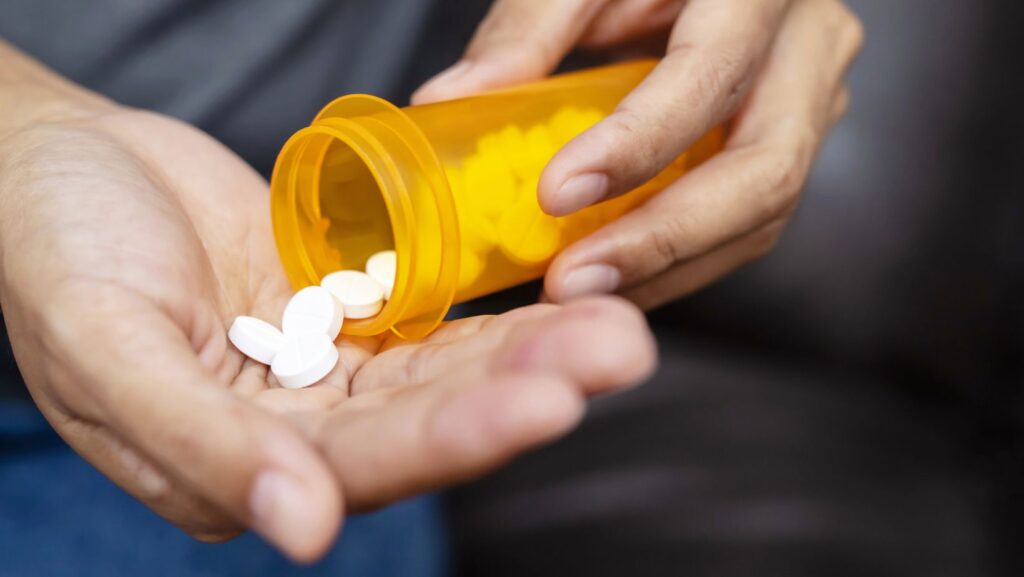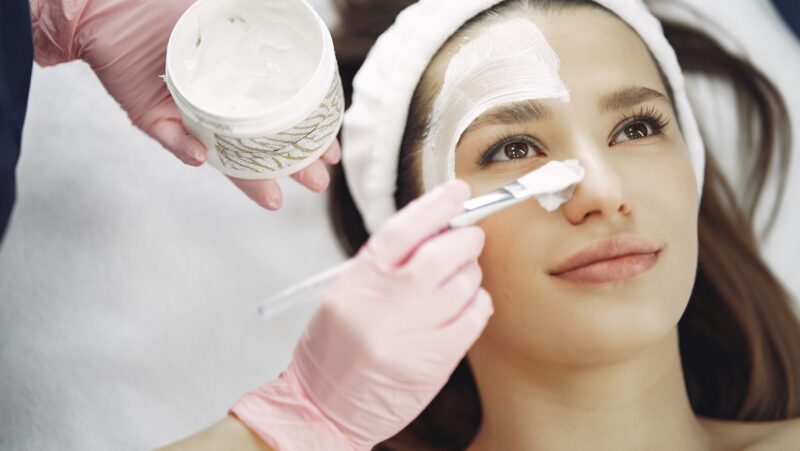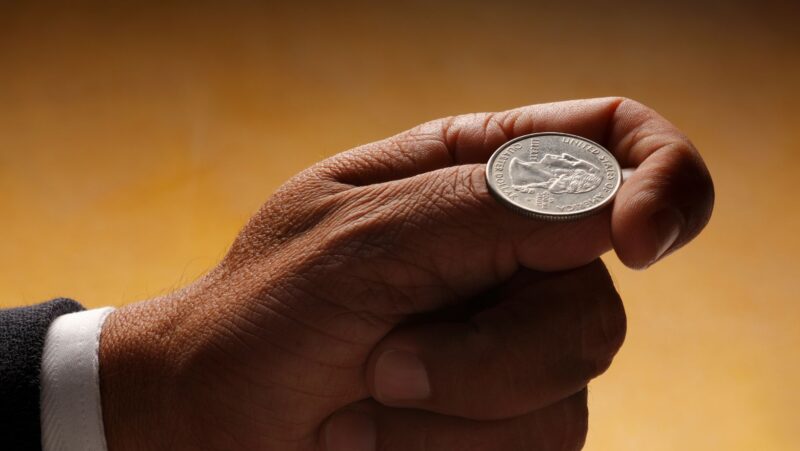
Benadryl is an over-the-counter medication that, while not talked about as much as other addictive drugs, is one of the most commonly abused drugs in the US. In this article, I explain what it is, symptoms of addiction, and withdrawal.
Understanding Benadryl and its Addictive nature
Benadryl is a common over-the-counter antihistamine medication (Generic name: Diphenhydramine (DPH)). It acts on and blocks histamine H1 receptors in peripheral tissues and the central nervous system.
Benadryl is usually taken to reduce symptoms of seasonal allergies such as itching or sneezing, for a common cold and cough, or as a sleep aid as it causes drowsiness. DPH also has many other effects, including the treatment of rashes, stings, and insect bites. [1].
Benadryl is abused for its effects of elevated mood, increased energy levels, and mild euphoria. It is thought that increased dopamine production is responsible, but the exact mechanism leading to abuse is not well understood.
Abuse of DPH may be hard to identify as overdose symptoms are similar to acute psychosis, and there are a number of other potential causes and interactions. DPH is also a known cutting agent in other illegal drugs. [2]
A 2016 study showed that DPH overdoses accounted for 3.2% of drug overdose deaths in the U.S. [3]
In a study of DPH use from 2005-2016 in the US, Nemanich et al. reported, “Intentional DPH exposures among individuals older than 10 years old have been increasing since 2005. Increasing rates of suicide attempts among children ages 10-14 and increasing misuse among individuals older than 65, coupled with a trend toward greater severity of overdoses, highlight the significant public health impact of this commonly available over-the-counter drug”. [3].

To avoid the potentially serious complications and mortality associated with DPH toxicity, it must be promptly diagnosed and treated. [4]
Symptoms of Benadryl Addiction
There is little evidence-based research on the addictiveness of Benadryl as it’s an over-the-counter medicine and not restricted by the FDA. However, anecdotal reports from pharmacists suggest that much of the Benadryl purchased is abused, as it’s recommended not to take Benadryl for more than two weeks because of its addictive potential.
There are a number of reasons for Benadryl to be abused, including:
- Taking excessive amounts for non-medical reasons
- It’s easily accessible over-the-counter.
- Its strong sedative characteristics, which, if combined with alcohol for those who suffer from insomnia, contribute to potentially addictive use.
- Benadryl can elevate mood and increase energy levels, which may contribute to abuse.
- It has a short duration of action and a tendency for tolerance to develop.
Common short-term symptoms of Benadryl addiction include:
- Dry mouth and nose
- Feeling nauseous and dizzy
- Vomiting
- Need to take Benadryl to fall asleep
- When a dose is missed, feeling anxious and confused
- Being agitated and anxious
- Being impatient and irritable
- Experiencing mood swings
- Difficult contracting or focusing
- Experiencing nightmares
- Heart palpitations and low blood pressure
- Shivering
- Difficult urinating or constipation
- Hallucinations
- Impaired short-term memory
- Having blurry vision
Common long-term symptoms of Benadryl addiction are:
- Anxiety
- Dementia
- Overdose risk
- Psychosis
- Risk of death with very large doses
Withdrawal from Benadryl
The impact of withdrawal from Benadryl varies greatly with the individual and their degree of dependence or addiction. For some, the effects may be mild and pass within a few days, and withdrawal can be done at home.

For others with a more severe addiction, sudden withdrawal from Benadryl can worsen symptoms, so a gradual tapering process is recommended. Using licensed detox services is best for those with more severe addiction. For most people, symptoms of a cold may appear during withdrawal.
How Long Do Benadryl Withdrawal Symptoms Last?
Withdrawal signs typically begin between 48 and 96 hours after the last dose. Usually they may last from 1-7 days and peak between 3-5 days.
You Don’t Have to do This Alone
Participating in a medical detox program is the safest and most comfortable way to cleanse from drug abuse. After detoxing, you may enter a residential treatment center where trained staff are equipped to offer clinical care. They will provide the support, guidance, and interventions necessary for you to reach your treatment goals. Participating in residential care greatly enhances your success rate at avoiding relapses.
Sources
[1] Saran J. et al. 2017. Chronic diphenhydramine abuse and withdrawal: A diagnostic challenge. Neurol Clin Pract. 2017 Oct;7(5):439-441.
[2] Fredric Rieders Family Foundation. 2023. Diphenhydramine: An Adulterant Found in Illicit Street Drugs
[3] Nemanich A, Liebelt E, Sabbatini AK. Increased rates of diphenhydramine overdose, abuse, and misuse in the United States, 2005-2016. Clin Toxicol (Phila). 2021 Nov;59(11):1002-1008.
[4] Huynh DA, Abbas M, Dabaja A. 2003. Diphenhydramine Toxicity. [Updated 2023 Apr 29]. In: StatPearls [Internet]. Treasure Island (FL): StatPearls Publishing; 2024 Jan-. Available from: https://www.ncbi.nlm.nih.gov/books/NBK557578/












